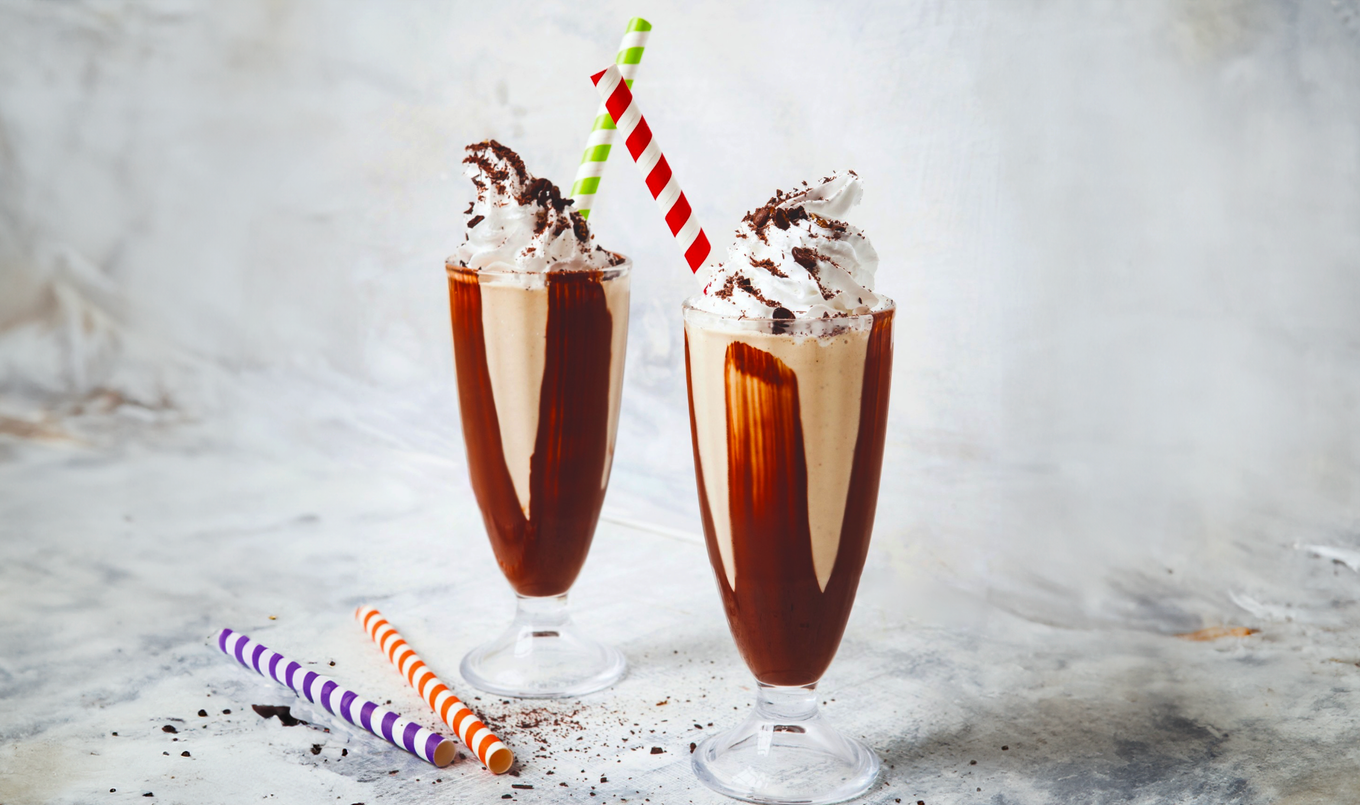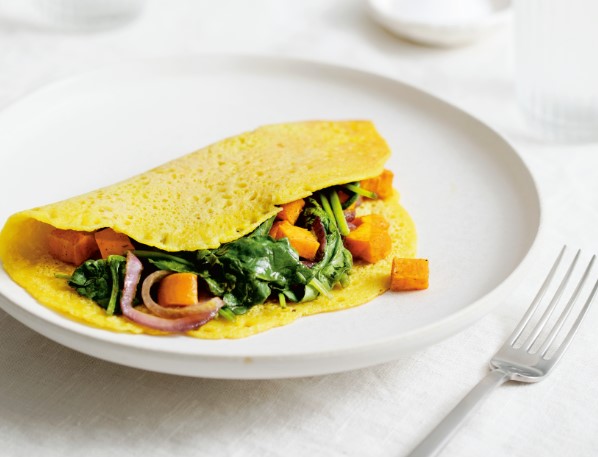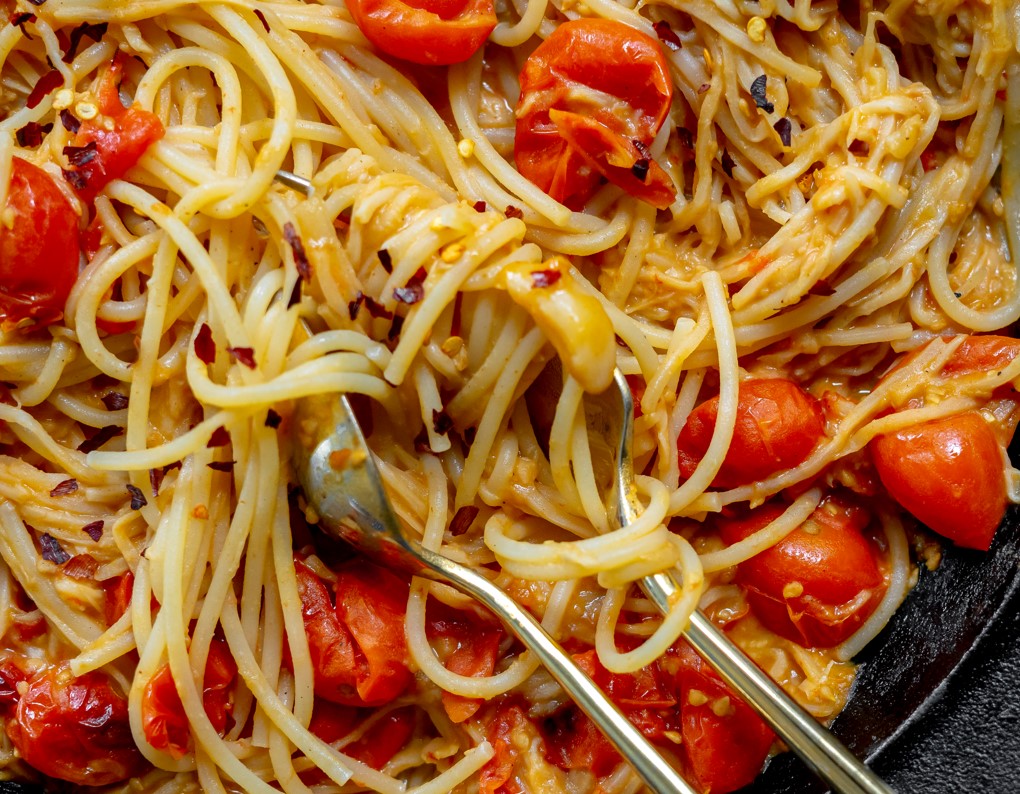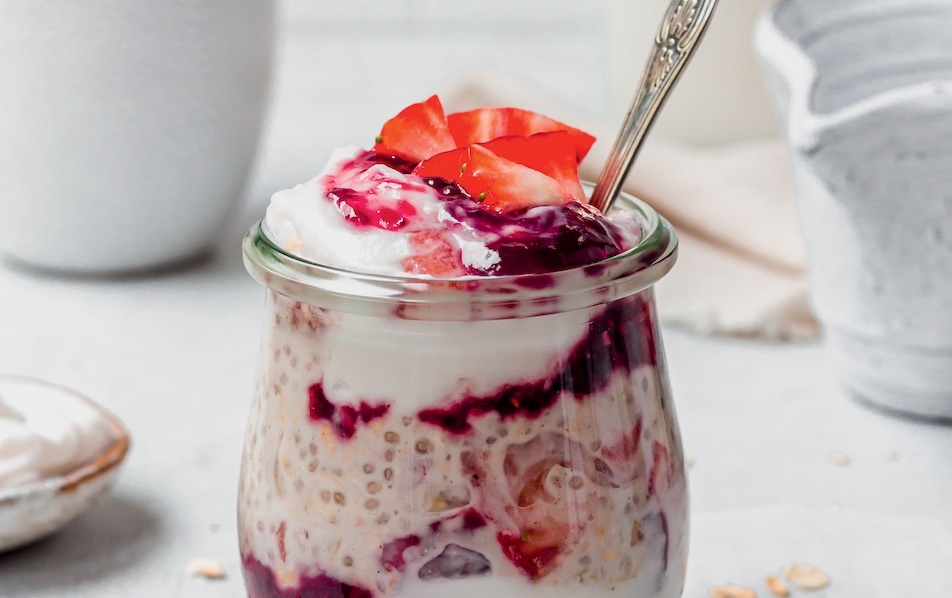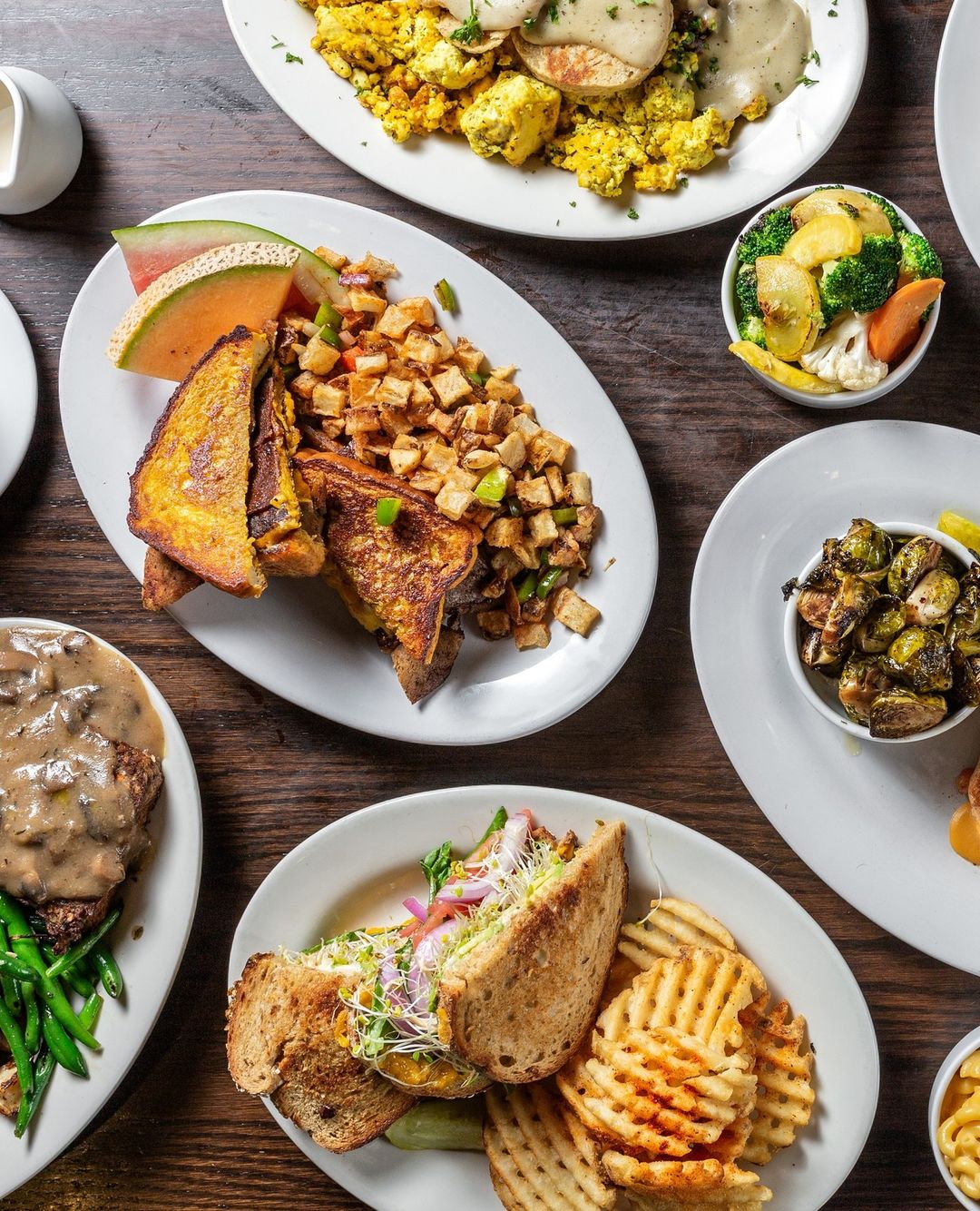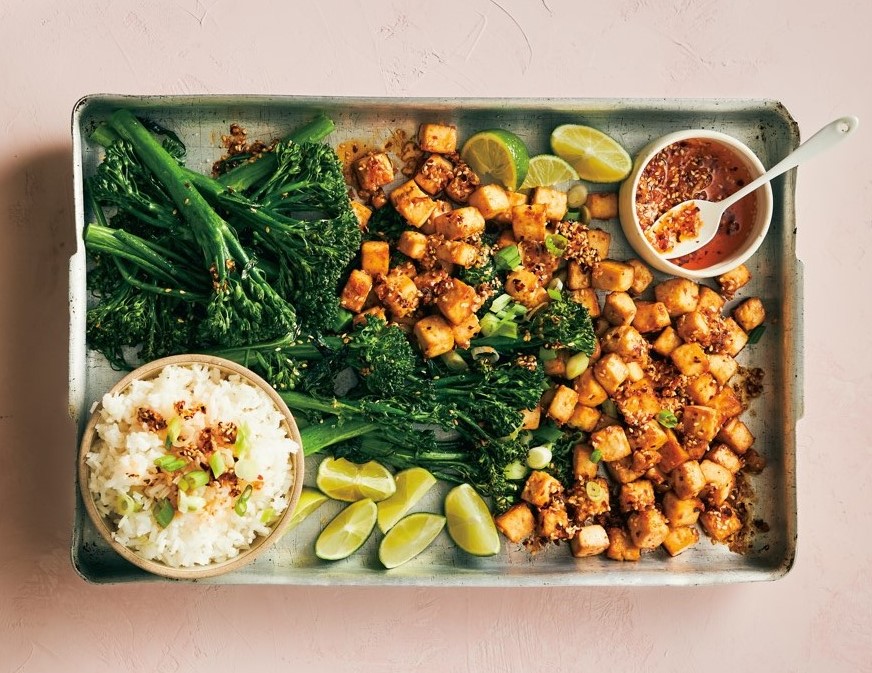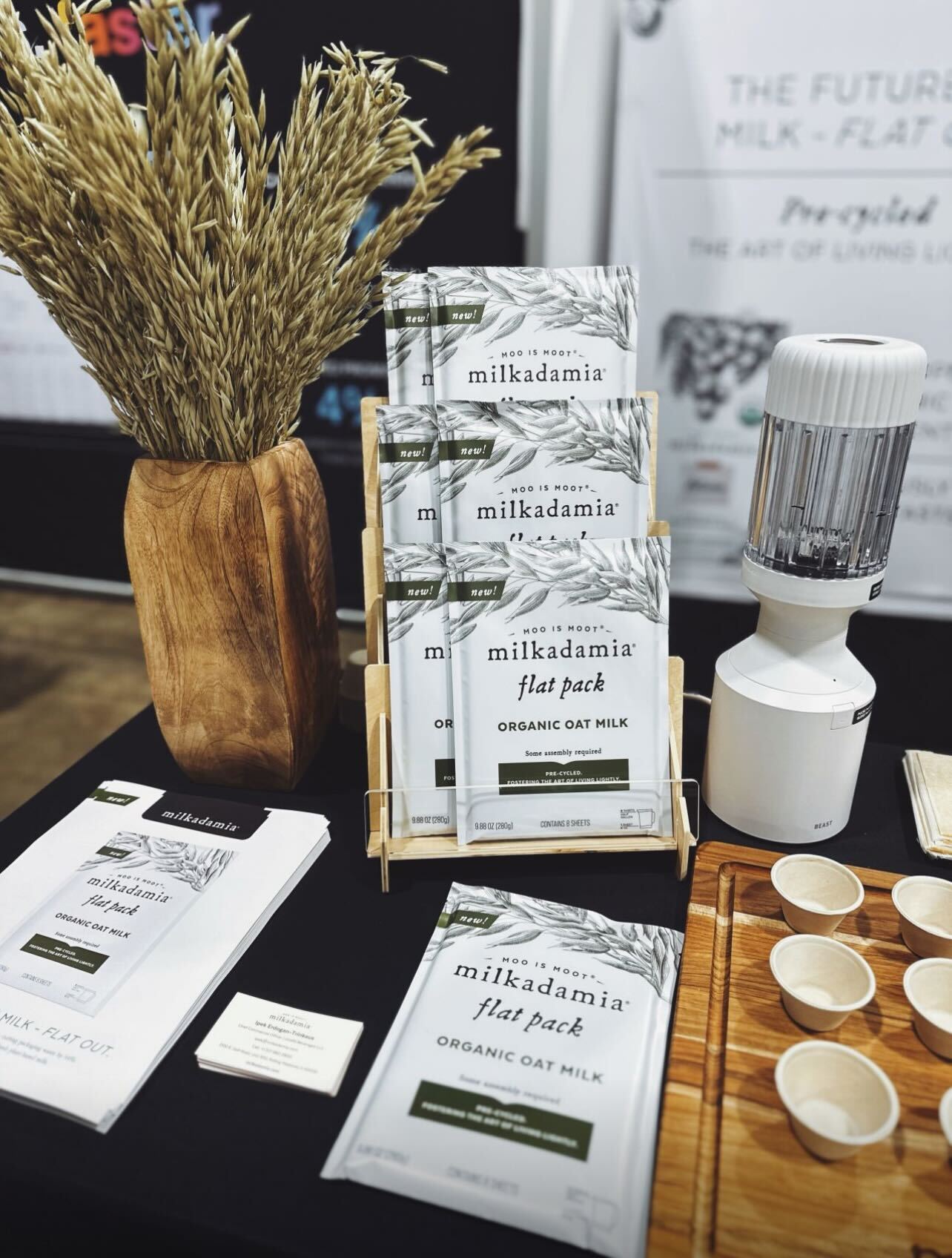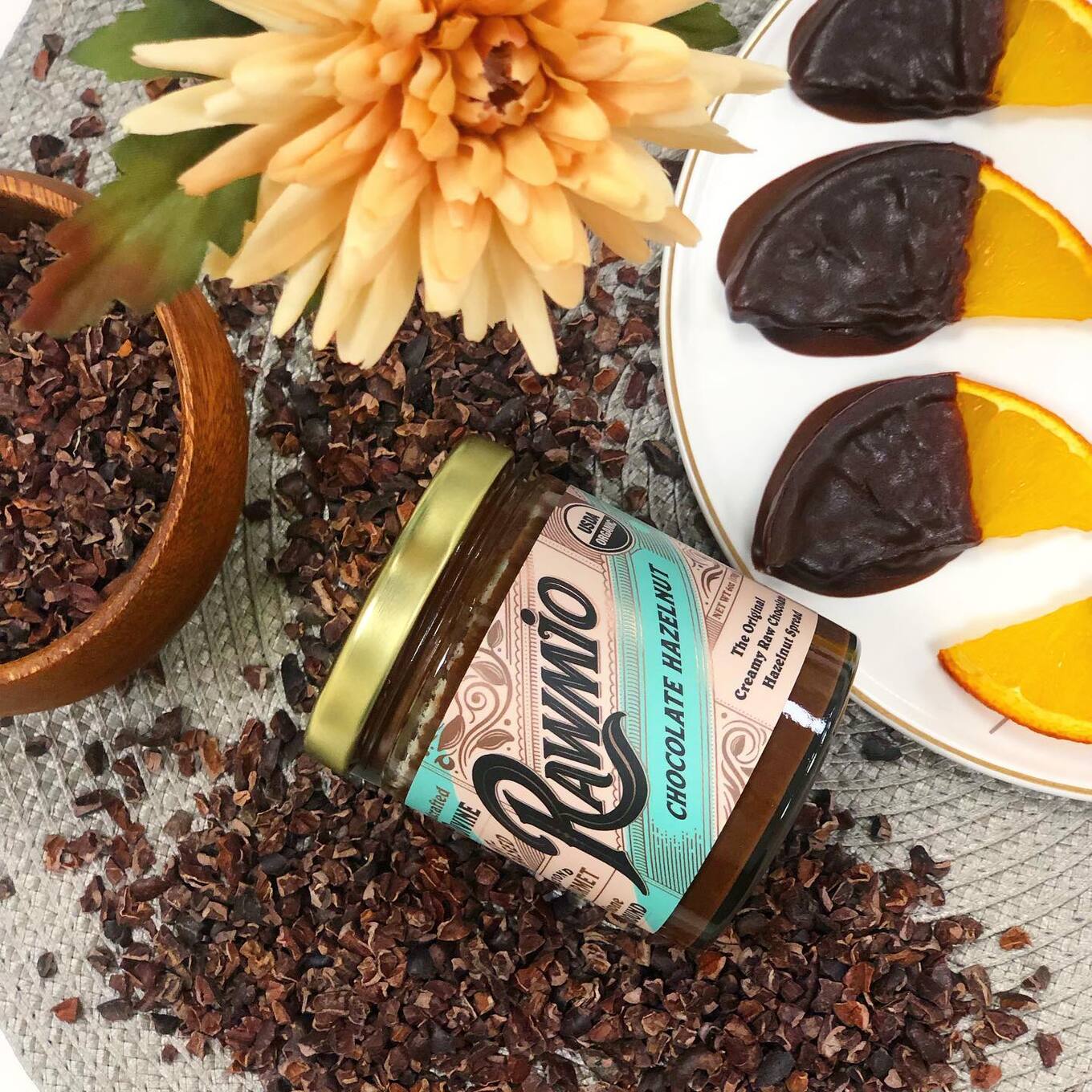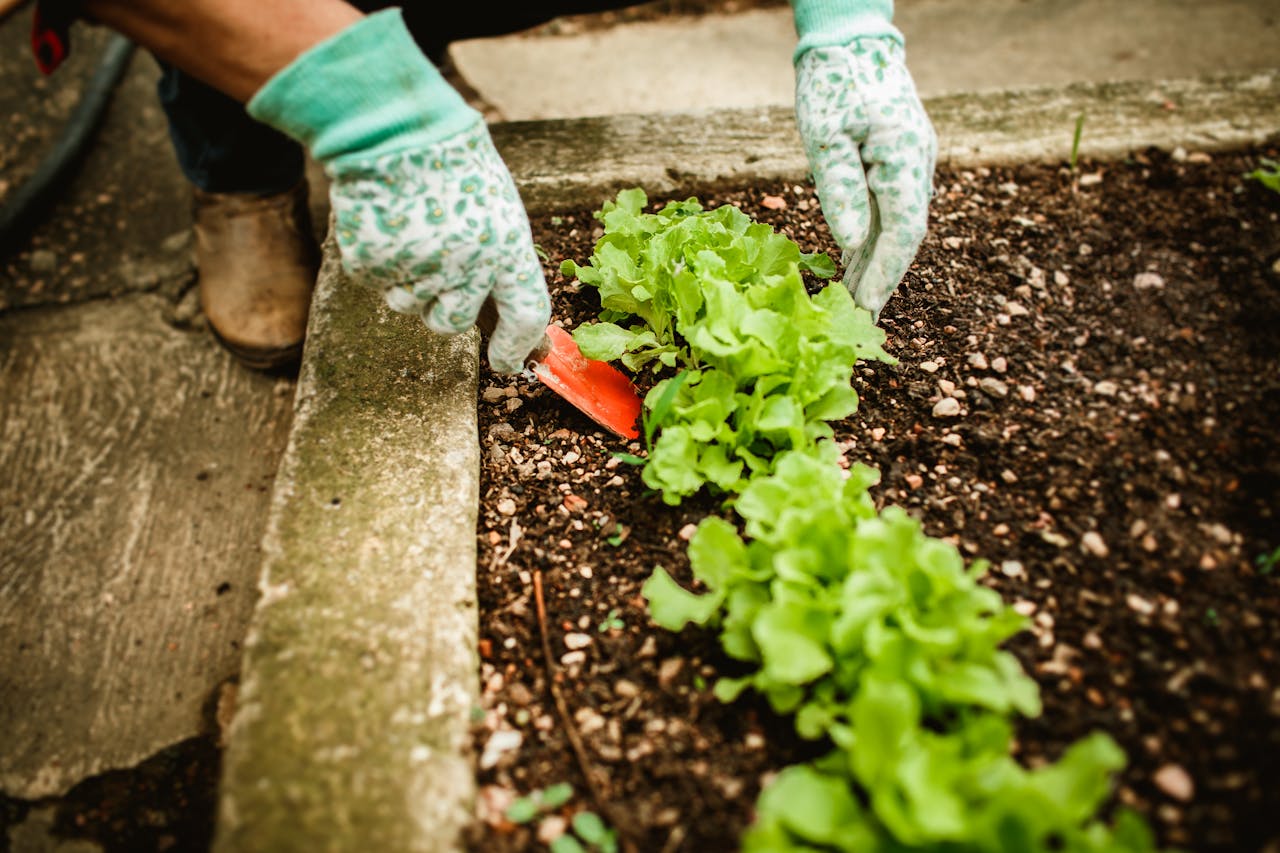If you’ve ever felt joy, you’ve experienced a rise in dopamine. It’s essentially the chemical messenger in our brains that specializes in making us feel good. It’s released from our brain’s cells when it gets an appropriate signal—like, say, biting into that dessert you’ve been craving all week or receiving a compliment on your new haircut–and the result is a feeling of pleasure.
But dopamine release can also get us into situations that aren’t that positive. The neurotransmitter plays a key role in addiction, thanks to its link to the brain’s reward system. Drugs like cocaine and alcohol artificially increase dopamine levels, and over time, this leads to dependency as the brain seeks to maintain higher dopamine levels. But it’s not just drug use that can lead to addiction—phone and social media use can, too. Hence the rising popularity of the “dopamine menu,” ironically, on TikTok.
There are now thousands of videos devoted to dopamine menus on the popular app, each of which demonstrates how to boost your dopamine levels without wasting hours scrolling online. “I recently discovered the concept of a ‘dopamine menu,’” says TikTok creator Payton Sartain in a voiceover that has now become a popular sound effect on the app. “[It’s] basically your go-to list of things you can do to feel good throughout your day, so you don’t default to doom scrolling on social media.”
Taking a walk, going to the gym, writing poems, and listening to podcasts are just a few examples of the types of things you might want to include on your dopamine menu. And eating certain foods is a popular choice, too. It makes sense: research shows that many foods contain nutrients that are involved in the production of dopamine.
If you want to create your own dopamine menu, we’ve gathered a few of the top happy chemical-boosting foods you might want to include below. But first, here’s a little bit more about the trend and why it’s important.
Pexels
Table of Contents
What are the signs of low dopamine?
Many of us have smartphones on our person almost 24/7, and research shows that, mostly due to social media, they can become little dopamine factories, and this can result in addiction.
“Social connection has become druggified by social-media apps, making us vulnerable to compulsive overconsumption,” Anna Lembke, MD, the author of the book Dopamine Nation, told Standford University in 2021. “These apps can cause the release of large amounts of dopamine into our brain’s reward pathway all at once, just like heroin, meth, or alcohol. They do that by amplifying the feel-good properties that attract humans to each other in the first place.”
Signs that you’re low on dopamine might include low motivation and apathy, as well as fatigue and low mood. If you’re feeling like this, and you also feel like you just can’t put your phone down, you’re not alone. In 2019, one study by Statista found that 40 percent of American online users aged between 18 and 22 felt addicted to social media. More recently, in January 2024, another study on British teenagers found that nearly half of them feel the same way.
“Upon signing off [of social media], the brain is plunged into a dopamine-deficit state as it attempts to adapt to the unnaturally high levels of dopamine social media just released,” Lembke explains. “Which is why social media often feels good while we’re doing it but horrible as soon as we stop.”
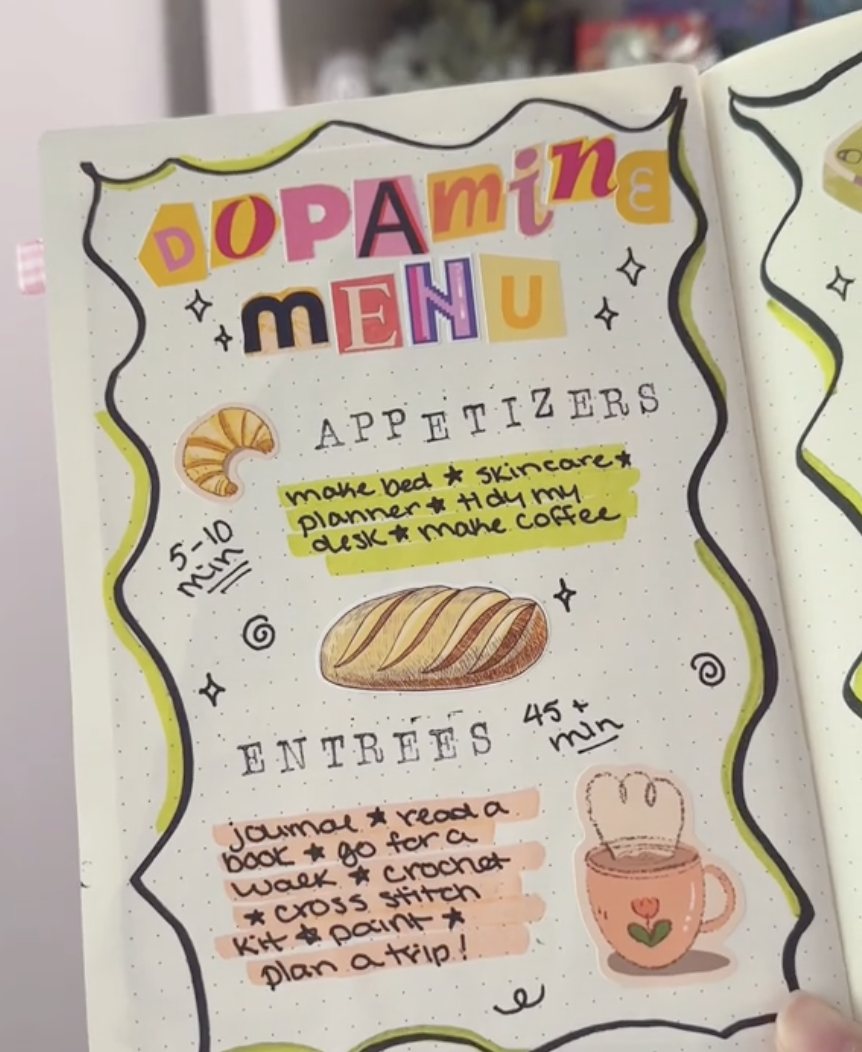 happyolivestudio
happyolivestudio
What should be on a dopamine menu?
Dopamine menus are popular on TikTok right now, but the idea isn’t new. It was actually first conceived by Jessica McCabe who runs the YouTube channel How To ADHD. While everyone can benefit from the concept, they are particularly beneficial for those with attention deficit hyperactivity disorder (ADHD), who, research suggests, may be more likely to have lower levels of dopamine in their brains.
TikToker Lindsay Adkinson claims her life was “wrecked by low dopamine,” and was told about the concept of a dopamine menu during therapy sessions. According to Adkinson, a dopamine menu should consist of appetizers, mains, sides, and desserts.
“[Appetizers are] things that take five to 10 minutes that can give you a quick boost of dopamine,” she explains. “This is doing the dishes. Things you might not want to do. Going for a walk, reading a chapter of your favorite book, phoning a friend, making a matcha. Something that is better than scrolling on TikTok.”
“Main courses,” she says, are things like long walks, deep cleaning your apartment, or going grocery shopping, but the “sides” are things that make these tasks more enjoyable, like watching reality TV or listening to a podcast at the same time. Desserts, she adds, are “indulgences,” like scrolling on TikTok or eating a sugary treat. “They’re things you don’t want to take off the menu but you just want to be aware of not doing it every single day all of the time, because too much of a really good thing is now a bad thing,” she notes.
What foods can you include on your dopamine menu?
Dopamine menus vary based on the individual, but many of them include consuming certain foods and drinks. If you want to include food or try a new recipe on your dopamine menu, of course, you want to choose your favorites. But it might be worth adding in a few ingredients that, research suggests, can actively help to stimulate dopamine. Find a few examples below—plus delicious recipe ideas, too.
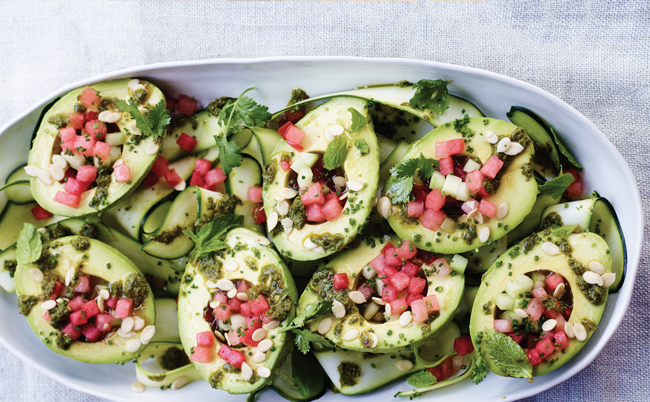 The Perfect Blend
The Perfect Blend
1 Avocados
Avocados are a good source of tyrosine, an amino acid that is a direct precursor to dopamine. Plus, they also contain monounsaturated fats, which are good for overall brain health, as well as antioxidants (which help to protect brain cells from oxidative stress) and vitamin B6. That last one is particularly important, as it works with tyrosine to create dopamine.
Try it in a recipe: Vegan Chimichurri Avocado Salad
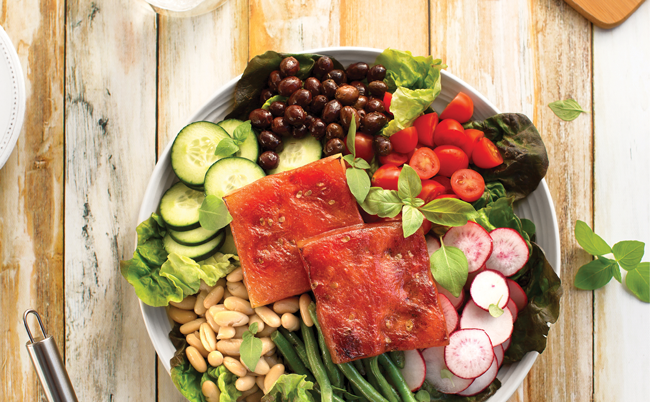 Hannah Kaminsky
Hannah Kaminsky
2 Watermelon
Melon is a popular feature on dopamine menus, and for good reason. The fruit also contains tyrosine, as well as lycopene, which is a key antioxidant for brain cell protection. Plus it’s a great source of hydration, which is essential for proper brain function.
Try it in a recipe: Vegan Seared Watermelon Niçoise Salad
3 Dark chocolate
Dark chocolate contains phenylethylamine, which is a compound that can help to stimulate the release of dopamine, and endorphins. It’s the endorphins are the reason that we often associate chocolate with pleasure—they’re chemicals that can help to enhance our overall mood. And the best part? They can boost dopamine, too.
Try it in a recipe: Rich Vegan Tahini Coffee Shake With Dark Chocolate
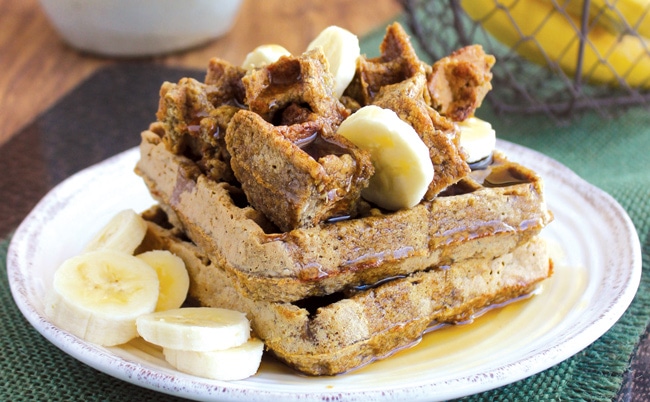
4 Bananas
Bananas also contain tyrosine and vitamin B6, both of which are vital for dopamine synthesis. Plus their carbohydrate content helps to provide us with a slow and steady release of energy, which benefits not just cognitive function, but mood, too. When our energy levels are stable, this helps with brain health, and in turn, dopamine production.
Try it in a recipe: Vegan Banana Oat Waffles With Maple Syrup
5 Leafy greens
Many leafy greens, such as spinach and kale, contain tyrosine, and all of them contain antioxidants. They also contain folate, vitamin K, and magnesium, all of which are linked with supporting brain health in general (magnesium, for example, helps to maintain neurotransmitter regulation).
Try it in a recipe: Vegan Chickpea Omelet With Curried Sweet Potato and Spinach
6 Tomatoes
Tomatoes contain a little bit of tyrosine, a good amount of vitamin C (which supports neurotransmitter function), and a lot of lycopene. In fact, tomatoes are the biggest source of lycopene in the Western diet. This powerful antioxidant is key, because it helps to support the health of dopamine-producing neurons.
Try it in a recipe: Simple, Creamy Vegan Tomato Hummus Pasta
7 Oats
Oats are another source of tyrosine, antioxidants, vitamin B6, as well as complex carbohydrates. In a similar way to bananas, these carbohydrates help to provide us with a steady energy supply, which is vital for overall brain function. Plus they also contain fiber, which helps to keep blood sugar levels stable. This in turn helps to maintain balanced neurotransmitter systems, including dopamine.
Try it in a recipe: Easy Vegan Strawberries and Cream Overnight Oats

